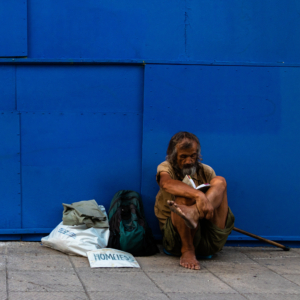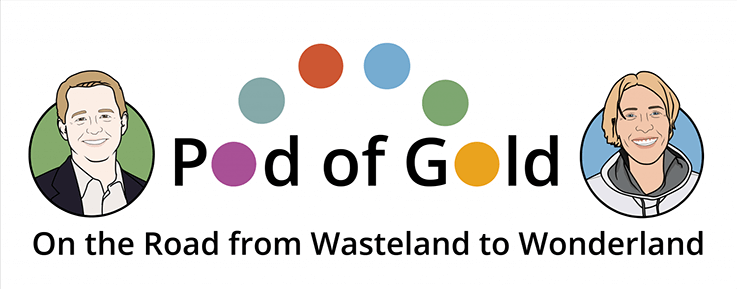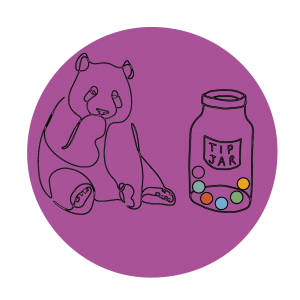Poverty and Public Housing
The 1950s brochure reads: 33 11-storey high-rise buildings, with indoor plumbing, electric lights, plastered walls, penthouse views, limited-stop elevators – an innovation at the time -, and vast expanses of green space.
The Pruitt-Igoe complex offered 2,870 units https://www.theguardian.com/cities/2015/apr/22/pruitt-igoe-high-rise-urban-america-history-cities for sale or rent. Dream homes, with best of all, a dream price tag:
Saint Louis’s ambitious public housing project for low-income residents was inaugurated to nationwide televised fanfare in 1956. It was to be the solution to the city’s slum problem and a step toward “urban renewal” to accompany projected economic growth.
The story would unfold differently, however. Within less than a decade, the project became a center for crime and violence, heavily vandalized, falling into disrepair. Concentrated poverty, heavy segregation; by 1972 only 600 residents remained of the original 10,000 intended. https://www.archdaily.com/870685/ad-classics-pruitt-igoe-housing-project-minoru-yamasaki-st-louis-usa-modernism By 1976, all 33 buildings were completely demolished.
In most cities around the world, poverty and public housing are interconnected and associated with social and geographic isolation. In fact, with the exception of Singapore, https://www.smartcitiesdive.com/ex/sustainablecitiescollective/pruitt-igoe-myth-public-housing/235081/ which also offers its citizens guaranteed job security and education, public housing schemes alone have not reduced concentrated poverty.
The link between poverty and housing cost is there: poverty limits access to good housing options and makes them difficult to sustain. In the United States, for instance, for every 100 households classified as extremely low-income, only 29 housing units are available and affordable. https://www.urban.org/features/housing-assistance-matters-initiative
Housing itself can also, in turn, create poverty and unemployment; “virtually nowhere in the U.S. can a full-time minimum-wage employee afford to live in a one-bedroom apartment.” https://www.habitat.org/stories/7-things-you-should-know-about-poverty-and-housing Furthermore, in cases where housing costs exceed 30% of a family’s income, other essential needs like food, water, energy, transportation, and healthcare, become impossible to balance. Concentrated poverty leads to concentrated crime. The vicious circle closes.
But it does not have to. Public housing does not have to coexist with high poverty and crime, and complementary currency systems may be one way to address that. Let’s go back in time to Saint Louis.
The failure of the Pruitt-Igoe project was due to a number of factors, one of the most prominent of which was maintenance costs:
Construction of the buildings was federally funded, but their upkeep relied on tenant rent. The amount was not enough, which caused the buildings to fall into disrepair. With time, this caused the tenants who could afford to leave to do so. Those who remained were the poorest, most disenfranchised. The social and economic rift deepened.
But what if the community had a time-banking a system whereby maintenance could be provided through tradable service tokens? One hour of painting = one of gardening = one of child or elderly care.
What if these tokens could also be traded for public transportation fare? Or to pay for an hour of career counseling or skill-based training?
Concentrated poverty represents much more than mere income inequality; https://www.citylab.com/equity/2015/08/americas-biggest-problem-is-concentrated-poverty-not-inequality/400892/ it is a social and political division that harms the whole of the society. Public housing is not the solution, but it can be part of it, combined with local, communal initiatives. Examples include Habitat for Humanity (https://www.habitat.org/stories/7-things-you-should-know-about-poverty-and-housing) and the Curitiba Green Exchange. More must and can exist.









